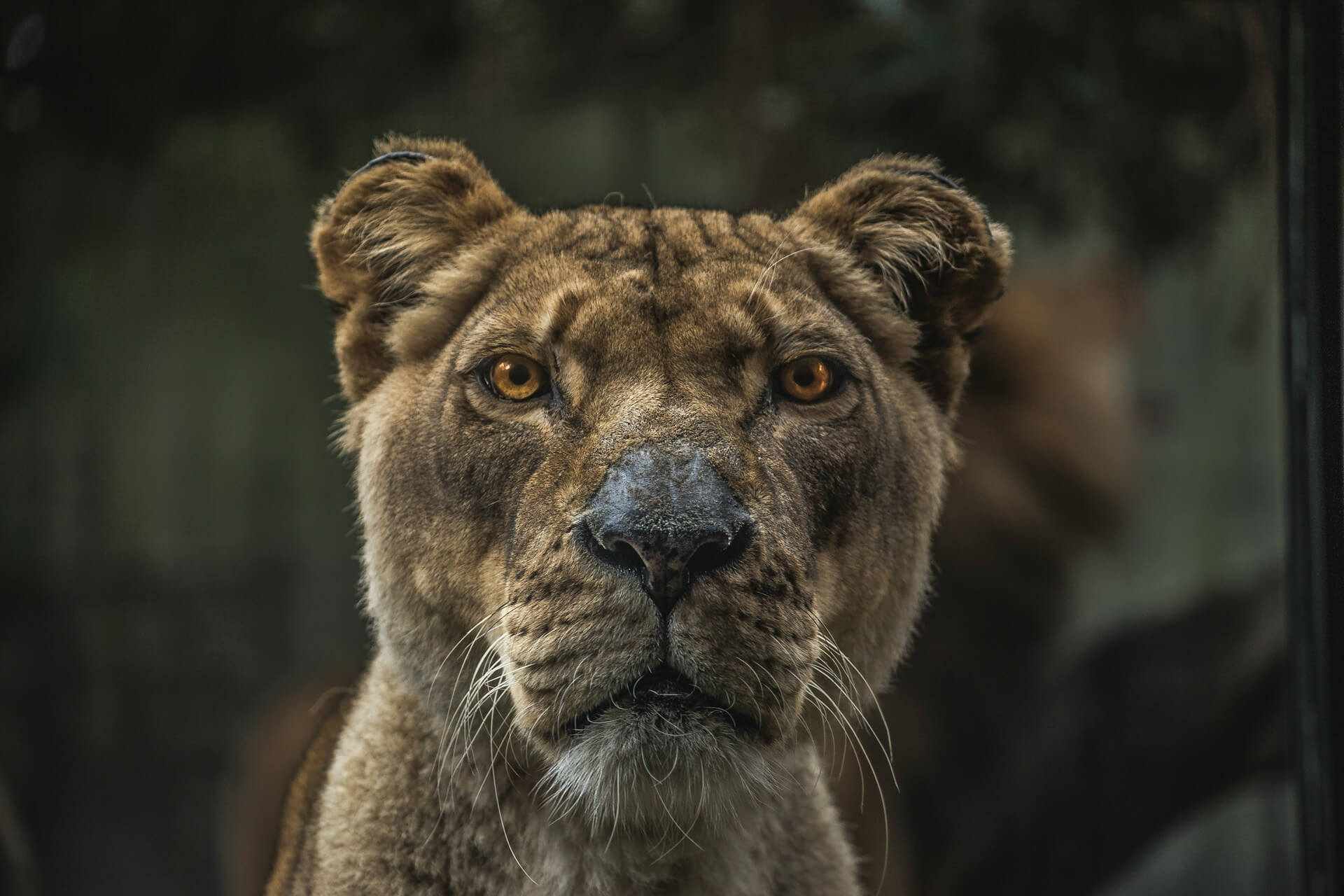
Dangerous Animals in Tanzania: What Tourists Need to Know
Tanzania’s wild landscapes are home to some of the world’s most incredible wildlife. It is a dream destination for nature lovers and adventurers. However, some of these animals come with risks as there are various dangerous animals in Tanzania and identifying these risks will help ensure a safe and memorable safari experience.
In this blog, we’ll cover the animals you’re most likely to encounter, from the big cats to tiny insects. And offer tips on how to safely enjoy Tanzania’s wildlife.
Tanzania’s Most Dangerous Animals
When people think of dangerous animals, big cats and large herbivores often come to mind. But in Tanzania, the wildlife variety means you’ll encounter some surprising dangers.
Tourists are often eager to encounter Tanzania’s wildlife up close, but it’s important to remember that some animals pose serious risks. Here’s a look at the most dangerous animals in Tanzania:
1- Lions
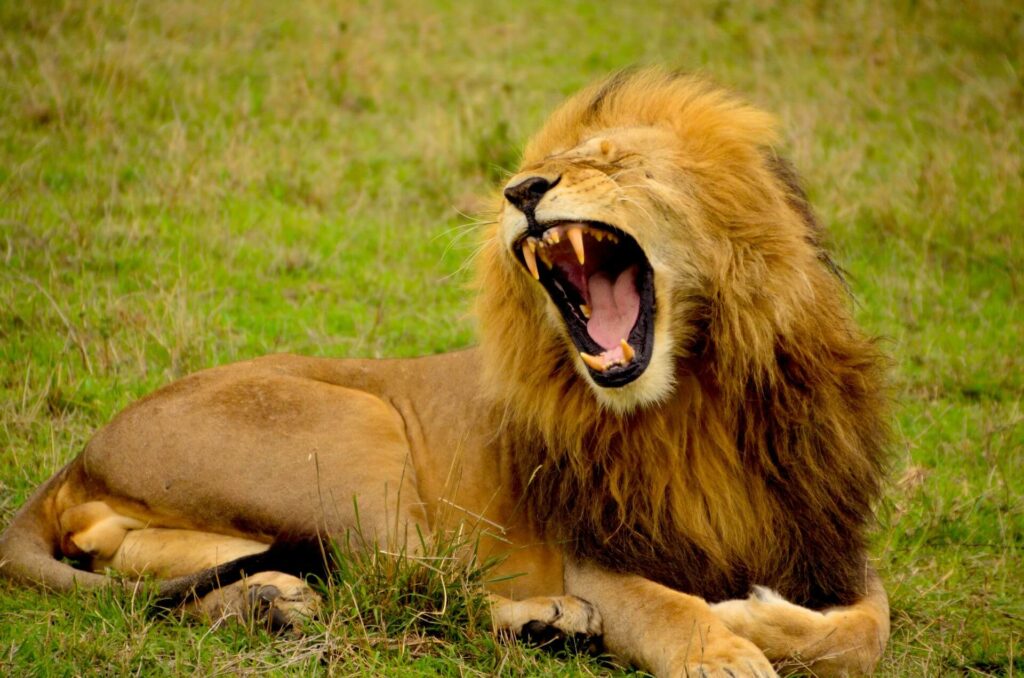
Lions are found across Tanzania’s renowned national parks and reserves. The Serengeti National Park and the Ngorongoro Conservation Area are their most famous habitats. These areas attract thousands of tourists annually, offering some of the best chances in Africa to see lions in the wild.
Lions live in prides, often in open grasslands, but they’re highly adaptable and can also inhabit scrubland and woodland areas.
Danger to Humans:
While lions are generally more interested in hunting their natural prey, such as zebras and wildebeests, they can pose a danger to humans if they feel threatened or provoked. Nighttime encounters are particularly risky as lions are nocturnal hunters. Solitary males in particular, may become more aggressive. In some cases, lions are responsible for attacks on humans in Tanzania, especially in rural areas where villages are close to lion habitats.
According to various wildlife reports, lion attacks result in roughly 100 human deaths per year across Africa, though exact statistics in Tanzania vary. Most safaris are highly safe with trained guides, and attacks are rare, but incidents do occur when tourists attempt to approach too closely for photographs or leave their vehicles.
2- Elephants
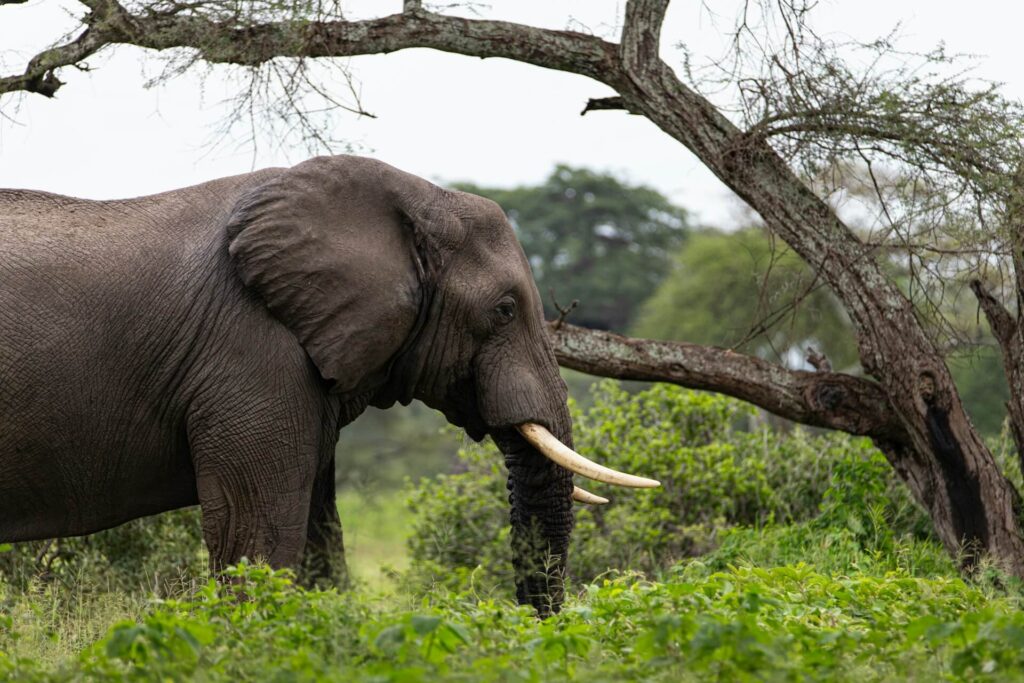
Elephants are widely distributed across Tanzania, with significant populations in Tarangire National Park, Selous Game Reserve, and Ruaha National Park. Known for their intelligence and complex social structures, elephants live in herds led by a matriarch. They have seasonal migratory routes, often covering long distances between water sources during the dry season.
Danger to Humans:
Elephants may appear docile, but they are unpredictable and can be highly defensive, particularly when protecting their young. Matriarch elephants are especially protective and can perceive humans as a threat to their herd. Elephant encounters become dangerous if tourists inadvertently block their path or if vehicles come too close.
Elephants are responsible for hundreds of human deaths each year across Africa, particularly in rural areas where humans and elephants often compete for space and resources. In Tanzania, elephant-related incidents are rare in controlled safari environments, though there have been cases where close encounters led to injuries or fatalities.
3- Cape Buffalos
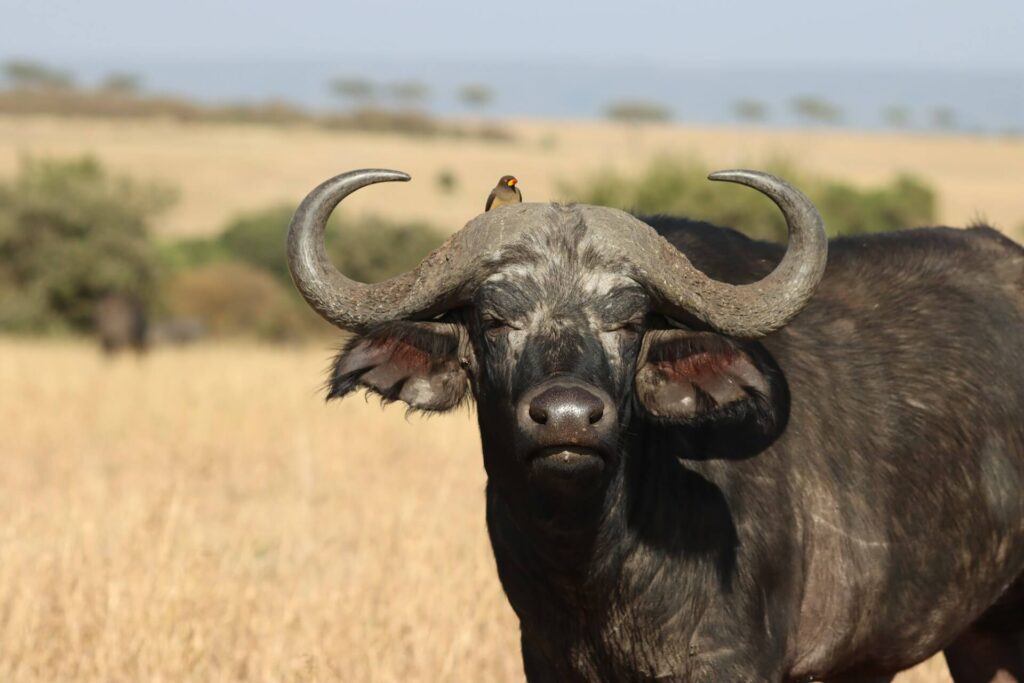
Cape buffalos are one of the most dangerous animals in Africa, known for their unpredictable behavior. They are found in many of Tanzania’s major parks, including Serengeti National Park, Selous Game Reserve, and Mikumi National Park. Buffalos travel in herds, which can sometimes number in the hundreds. They prefer grassy savannas and open woodlands where they can graze on vegetation.
Danger to Humans:
Cape buffalos may appear slow and calm when grazing, but they are highly protective of their herd members and will aggressively defend against perceived threats. Injured or lone buffalos are particularly dangerous, often ambushing attackers and showing no hesitation to charge. This behavior has led to the buffalo being nicknamed “the Black Death” by locals and is why it’s considered one of the “Big Five” for game hunters.
Across Africa, buffalos are responsible for hundreds of deaths and injuries every year, with many incidents occurring when people accidentally encounter lone buffalos on foot.
4- Hippos
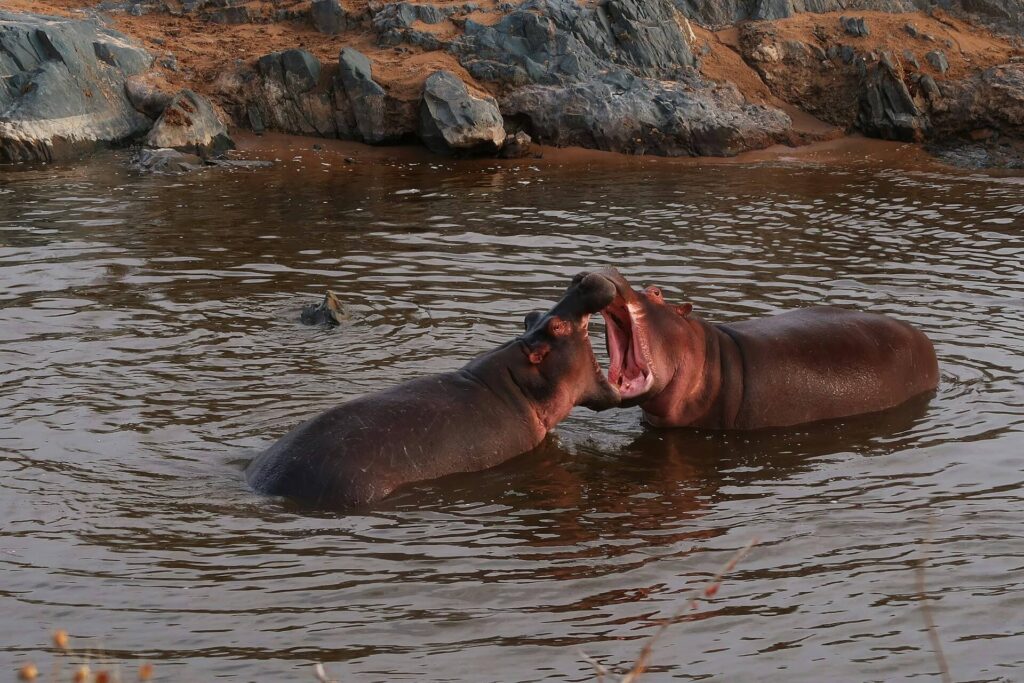
Hippos are commonly found in Tanzania’s lakes, rivers and swamps. Particularly in the Great Ruaha River, Selous Game Reserve, and Katavi National Park. They spend most of the day in the water to keep cool, coming onto land to graze at night. Despite their large size, hippos are surprisingly agile and can run up to 30 kilometers per hour on land.
Danger to Humans:
Hippos are notoriously territorial and aggressive, especially if humans get between them and the water. This can happen if tourists approach water bodies too closely or surprise hippos on land at night. Hippos are protective of their young and will readily charge to defend their space, often using their powerful jaws, which can cause severe injuries.
In Africa, hippos are estimated to cause around 500 human deaths annually, making them one of the continent’s deadliest animals. They often overturn small boats, leading to injuries and fatalities. In Tanzania, fatal hippo attacks are rare on organized safaris, but it’s essential to keep a safe distance from water bodies where they live.
5- Crocodiles

Crocodiles are commonly found in rivers, lakes, and marshlands across Tanzania, with the Nile crocodile being the most widespread species. They are especially prevalent in areas like the Mara River in the Serengeti, Lake Tanganyika and Lake Victoria. Crocodiles are ambush predators, often lying just beneath the water’s surface, waiting to pounce at unsuspecting prey.
Danger to Humans:
Crocodiles are incredibly fast, both in water and on land. Their stealthy approach and powerful jaws make them problematic predators near the water’s edge. They are known to attack humans who come too close to water bodies, making them a significant risk during fishing or when accessing water.
Across Africa, crocodile attacks are responsible for hundreds of fatalities every year. Tanzania has a fair share of incidents, particularly in rural areas where locals frequently interact with water sources. Safari guides ensure tourists stay well away from crocodile-infested waters to prevent incidents.
6- Mosquitoes
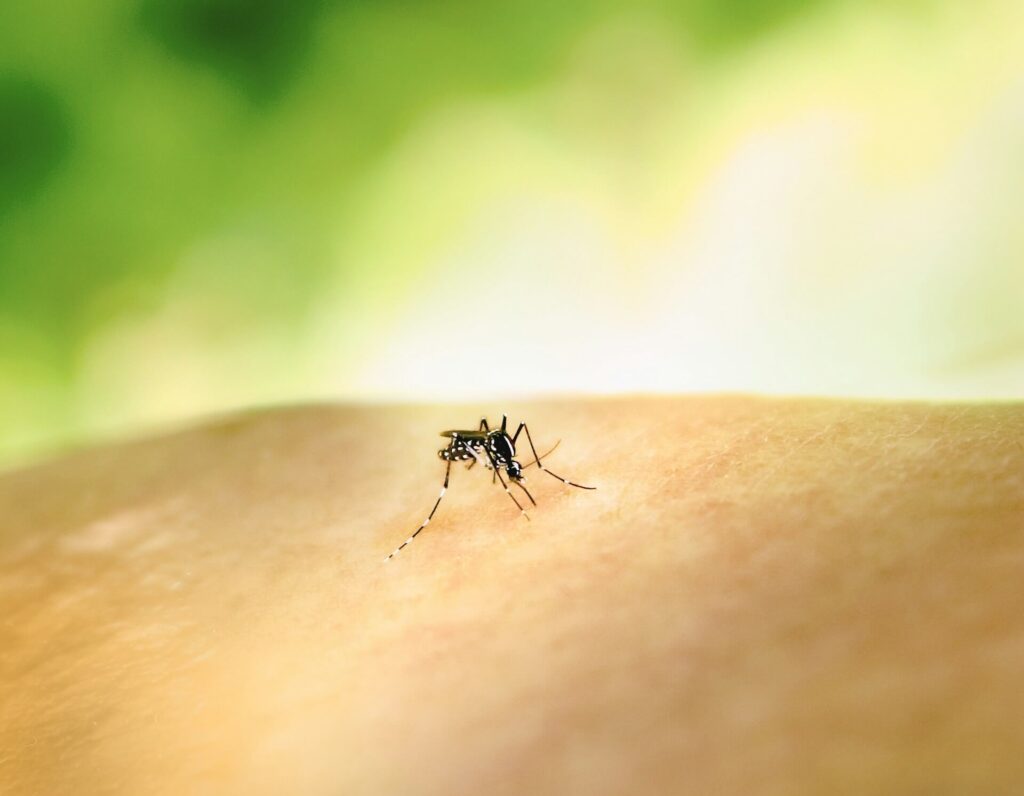
Mosquitoes are found throughout Tanzania, especially in humid and low-altitude areas. They are most active during the rainy season and from dusk to dawn. While they’re not large animals, they pose a significant health risk due to their ability to spread diseases, like dengue, yellow fever and malaria.
Danger to Humans:
Mosquito bites are a leading cause of malaria in Tanzania, making them one of the most dangerous animals/insects in the region. Malaria can lead to severe symptoms and even death if untreated, posing a serious risk to tourists who may not have immunity to local strains.
Malaria affects thousands of Tanzanians and tourists annually, with many fatalities globally due to malaria transmission by mosquitoes. Tourists are encouraged to take anti-malarial medication, use insect repellent, and sleep under treated mosquito nets to prevent bites.
7- Tsetse Flies
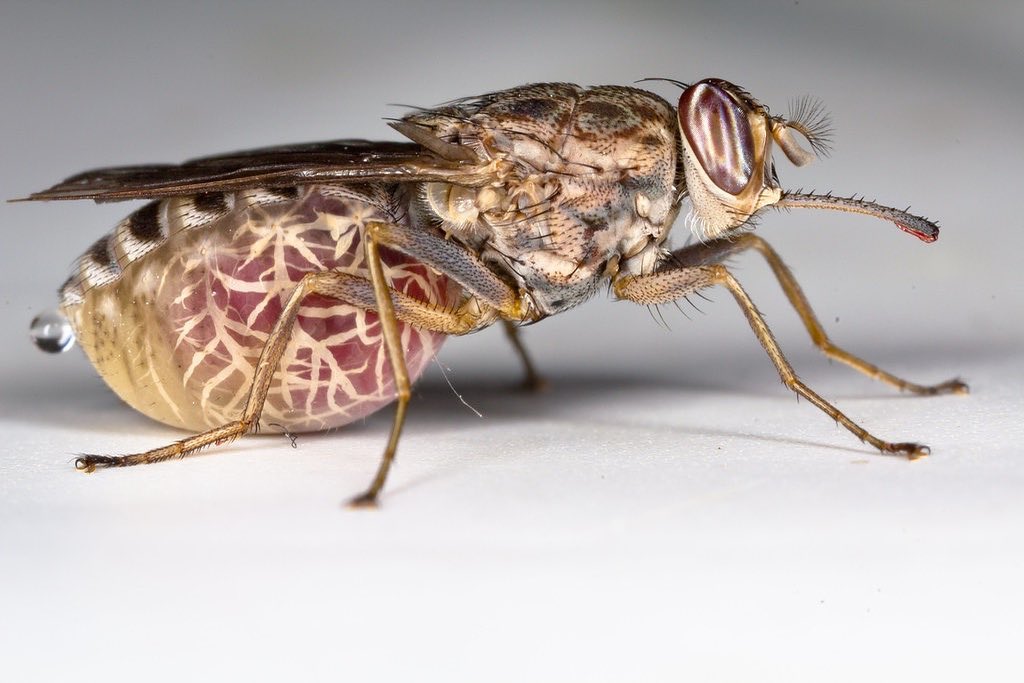
Tsetse flies are prevalent in Tanzania’s woodlands and savanna regions, particularly in areas such as the Serengeti and Tarangire National Park. They are attracted to dark colors and are active during daylight hours. Tsetse flies are responsible for transmitting trypanosomiasis, or African sleeping sickness.
Danger to Humans:
Although tsetse flies don’t typically cause death directly, their bites are painful and can lead to sleeping sickness, a serious illness characterized by fever, fatigue, and neurological problems. If left untreated, it can be fatal.
Sleeping sickness remains a concern in parts of sub-Saharan Africa, though cases are relatively low due to monitoring and treatment efforts. Tourists are advised to wear light-colored clothing and use repellent to minimize tsetse fly bites.
8- Poisonous Snakes

Tanzania is home to several venomous snake species, including the black mamba, puff adder and cobra. These snakes inhabit various environments. From savannas to woodlands and even semi-arid areas, they are found throughout the country. While they generally avoid human contact, bites occur if they are accidentally disturbed.
Danger to Humans:
Venomous snakes can pose life-threatening risks if they bite, with symptoms that include swelling, pain, and in severe cases, death. Though most snakes are shy, a startled or cornered snake can strike quickly.
While snakebites in Tanzania are relatively rare among tourists, they can be fatal without prompt medical treatment. Tour guides are trained to handle snake encounters and advise on how to avoid these potentially dangerous reptiles.
Why Tourists Should Be Cautious Around Wildlife
Each of these animals has specific behaviors, and many of them can react unpredictably if they feel threatened. Animals like lions, elephants, and buffalo are protective of their young and territory, which may cause aggression if they sense an intrusion. For example, elephants may charge if they detect loud noises or sudden movements nearby.
With mosquitoes and tsetse flies, the risk is in disease transmission. Malaria and sleeping sickness are preventable with precautions. So tourists should use insect repellent, wear light-colored clothing, and consider malaria prophylaxis.
Essential Safety Tips for Tourists on Safari
Taking the following precautions can help you enjoy a safe safari experience:
- Listen to your guide: Guides are trained to spot potential dangers and will provide instructions on maintaining a safe distance from wildlife.
- Stay inside vehicles: Safari vehicles are designed for both visibility and safety, so stepping out is generally discouraged unless at designated areas.
- Avoid sudden movements and noise: Loud noises or sudden movements can trigger an animal’s defensive response.
- Keep a safe distance: Respecting the animals’ personal space is vital. Even if they appear calm, they may react unpredictably if approached too closely.
- Don’t interact: Tanzania’s wildlife is best appreciated at a distance. Avoid reaching out to animals or throwing objects to grab their attention.
Common Tourist Mistakes to Avoid
Here are a few common mistakes tourists make when interacting with wildlife:
- Getting too close for photos: Many tourists approach animals for close-ups, which can be risky.
- Ignoring warning signs: Body language, such as an elephant flapping its ears or a lion crouching low, can signal a potential charge.
- Feeding wildlife: Feeding animals disrupts their natural behaviors and can attract unwanted attention.
- Venturing alone: Always stick with your group or guide when exploring safari areas.
What To Do if You Encounter a Dangerous Animal Up Close
If you find yourself unexpectedly close to a dangerous animal, here’s how to handle the situation:
- Stay calm: Sudden movements can provoke animals.
- Follow guide instructions: Trust your guide, who’s trained to handle close encounters.
- Back away slowly: In some cases, a slow retreat can diffuse the situation. Avoid running or making eye contact.
How Tour Operators Prioritize Safety
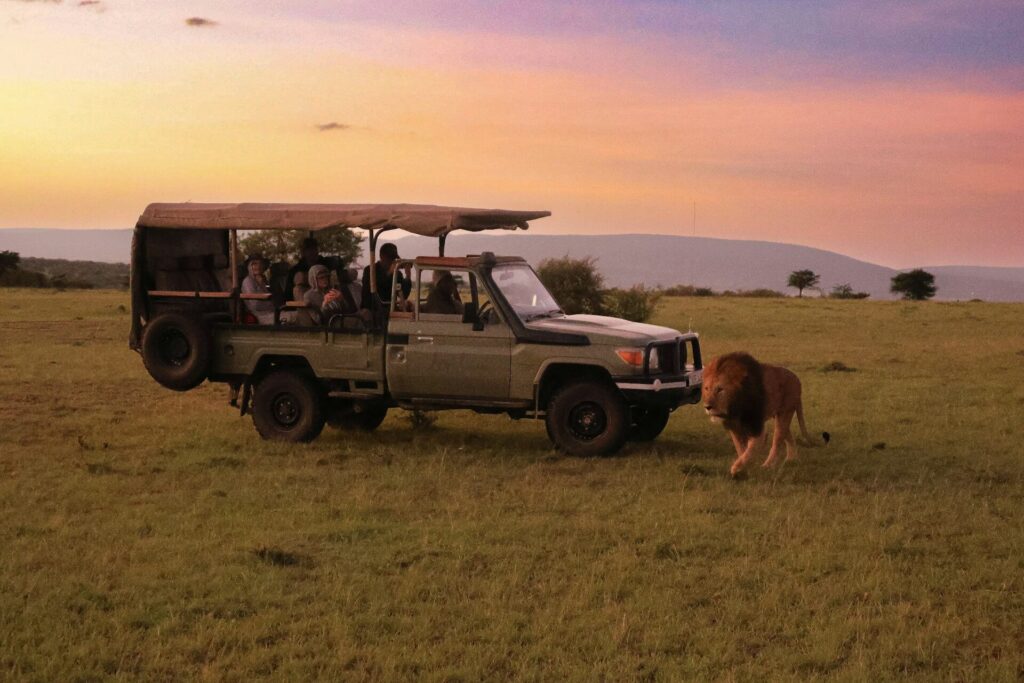
Tour operators take multiple precautions to ensure a safe experience, including:
- Trained guides: Guides are knowledgeable about animal behavior and risk assessment.
- Safety gear and vehicles: Safari vehicles are designed to minimize risk and are equipped with communication tools for emergencies.
- Communication with park authorities: Operators work closely with park authorities to stay updated on animal locations and behavior.
Benefits of Choosing a Guided Safari
With a guided safari, you gain peace of mind knowing that your guide is trained to keep you safe. Guides can read animals’ body language, interpret signals, and avoid risky situations, allowing you to enjoy the safari with minimal stress.
Conclusion
With a wide variety of wildlife, Tanzania is a must-visit for anyone passionate about nature. Staying safe while respecting the natural world allows you to appreciate the beauty of this incredible country fully.
For a safe and unforgettable safari, consider booking with Maximilian Adventures, where expert guides prioritize both safety and your enjoyment. Let Tanzania’s wildlife amaze you safely and responsibly.
Recent Posts
Best Usdt Casinos With Instant Deposit & No-kyc 750
Where to Stay in Tanzania | Lodges, Resorts and Campsites
Why Chapwani Island Should Be on Your Travel List in 2025

Safari



